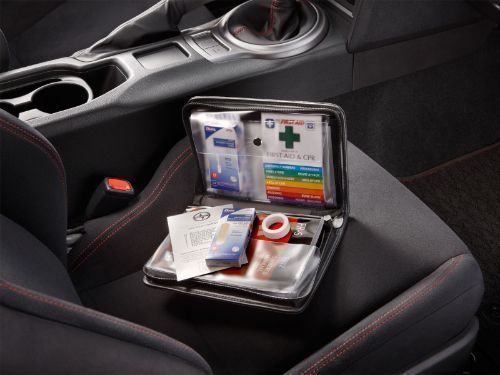
Leadless pacemakers are revolutionary new medical devices that are implanted inside the heart to control abnormal heart rhythms, without the need for wires or leads passing through the veins and heart tissue. They represent an important advance over traditional pacemakers that are implanted just under the skin with thin wires running through the veins into the heart chambers.
How do Leadless Pacemakers Work?
Leadless Pacemakers are tiny self-contained devices that are implanted directly inside the chambers of the heart during a minimally invasive procedure. They contain a battery and electronics that monitor the heart's rhythm and deliver electrical pulses when needed to correct abnormal rhythms and regulate the heartbeat. Leadless pacemakers are roughly the size of a large vitamin pill at approximately 2-3 centimeters long. They contain retractable fixation arms that attach to the inside of the heart to anchor the device in place.
Advantages Over Traditional Pacemakers
There are several important advantages that leadless pacemakers have over traditional pacemaker systems:
- Avoidance of lead complications - The thin wires (called leads) used in traditional pacemakers can experience insulation breaks or dislodgement over time. This is avoided with leadless designs.
- Minimal invasiveness - Since there are no leads to route through the veins, leadless implantation only requires a small puncture site rather than incisions in the chest and groin areas.
- Lower risk of infection - Entry points for infections are minimized without leads passing through the skin.
- Preservation of venous access - Leads block veins that might be needed later for other medical procedures like dialysis or implantable defibrillators.
- Less restriction on physical activity - Leadless pacemakers allow for more\ freedom of movement without lead wires that can break or dislodge during strenuous activity.
Approval and Adoption of Leadless Pacemaker Technology
The first leadless pacemaker approved for use was the Nanostim leadless cardiac pacemaker, which gained FDA approval in 2015. Since then, other leadless devices such as the Micra Transcatheter Pacing System have also received regulatory clearances.
While still a small percentage of the overall pacemaker market currently, implantation of leadless pacemakers has grown significantly each year as more hospitals gain experience with the new procedure. Major benefits over traditional systems coupled with improvements in design and technology are expected to increase adoption rates going forward. International guidelines now consider leadless pacemakers an appropriate alternative to standard pacemaker systems in many clinical situations.
Future Advances and Open Questions
Ongoing research and development is focused on further miniaturizing leadless pacemaker sizes, extending battery life, and developing new features like atrial sensing and pacing capabilities. Other areas of investigation include how long leadless devices remain effective without replacement, the risks of device embolization or dislodgement over extended periods, and strategies to more easily retrieve or replace devices if needed down the road.
Overall, leadless pacemakers represent an important new option for cardiac rhythm management that avoids some of the downsides of traditional pacemaker systems. As the technology continues evolving, it brings the promise of simpler, safer, and longer-lasting solutions for abnormal heart rhythms that will benefit many patients worldwide. While more clinical data still needs to accumulate, leadless pacemakers have undoubtedly begun transforming the field of implantable cardiac devices.
Get This Report In Japanese
Get This Report In Korean
About Author:
Priya Pandey is a dynamic and passionate editor with over three years of expertise in content editing and proofreading. Holding a bachelor's degree in biotechnology, Priya has a knack for making the content engaging. Her diverse portfolio includes editing documents across different industries, including food and beverages, information and technology, healthcare, chemical and materials, etc. Priya's meticulous attention to detail and commitment to excellence make her an invaluable asset in the world of content creation and refinement.
(LinkedIn- https://www.linkedin.com/in/priya-pandey-8417a8173/)


































